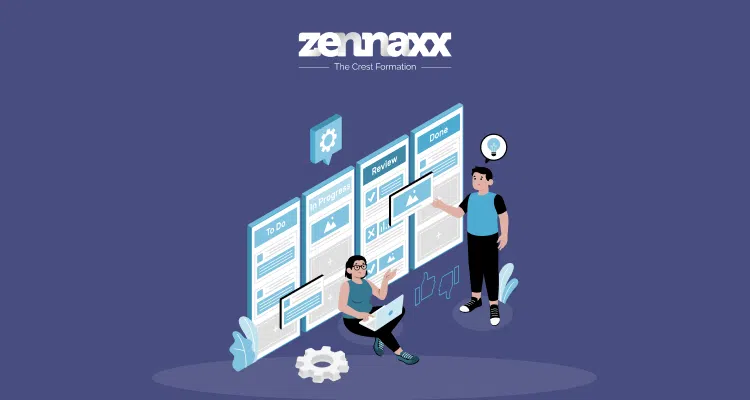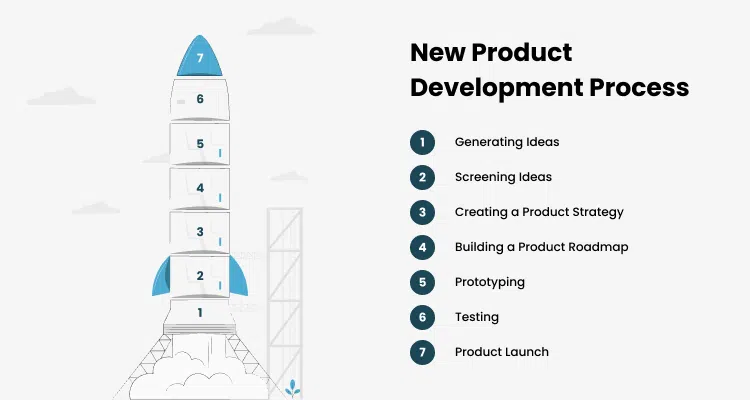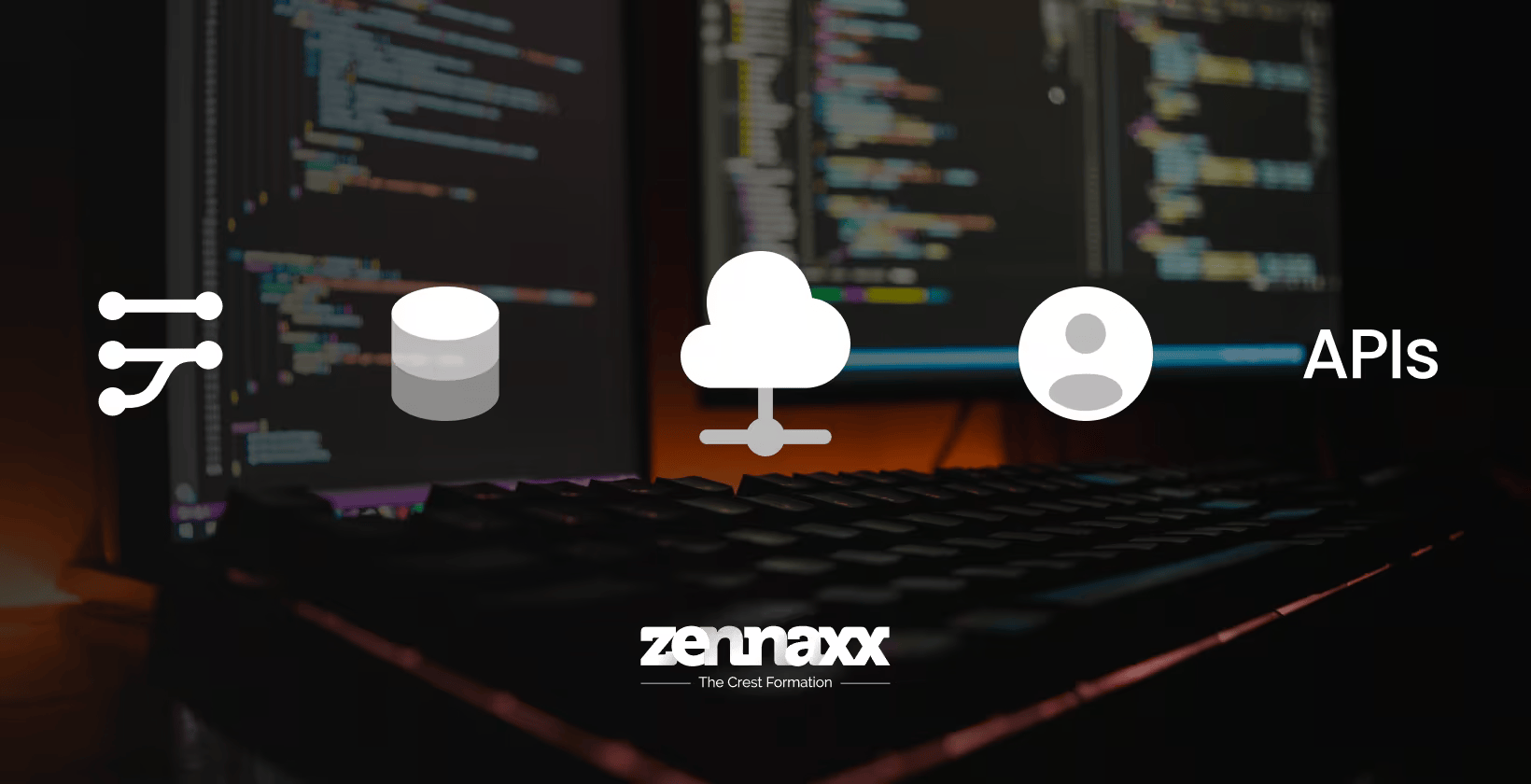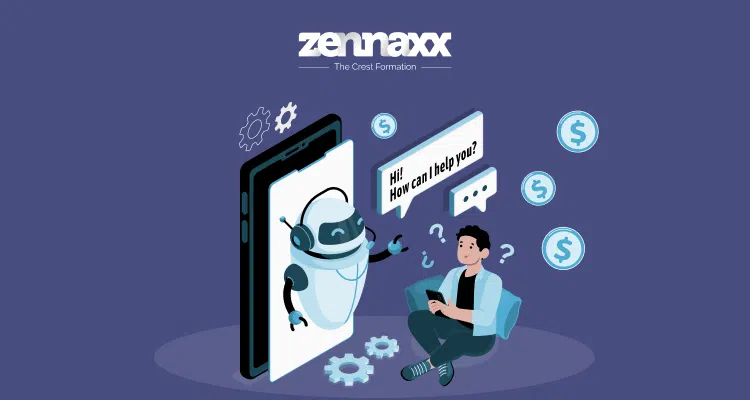
What is New Product Development?
New product development(NPD) brings a vision or idea to life or even improves an existing entity on a functional level. Developing a product can involve building one from scratch or tweaking existing products for a better experience.
- Keeping up with the change in customer demands
- Bringing new features and providing more services
- Entering a new market that is not serviceable with existing products
- Create new revenue streams by building new products.
7 Stages of New Product Development

1. Generating ideas
However, with effective brainstorming and market research, you can generate more innovative ideas to solve a problem.
1.1 Mind Mapping
1.2 Blue Sky Thinking
Ideas can be better initially, sparking newer and bolder decisions. This approach lets your team members express new ideas without focusing on the outcome.
1.3 Brainwriting
1.4 SCAMPER
1.5 Synectics
2. Screening ideas
So, what’s the most optimal approach for screening ideas?
3. Creating a product strategy
4. Building a product roadmap
5. Prototyping
6. Testing
Once the prototype is ready, extensive tests are essential for optimal results. You must ensure your product’s functionality is tested well before users interact.
Imagine your product being showcased to users; a bug simply makes it redundant. Recently, MKBHD or Marques Brownlee made a video reviewing the Humane AI Pin, which destroyed the reputation of this new product.
7. Product launch
4 Main Types of Product Development
For example, you can choose from software product development types if you are a tech business or startup.
1. Waterfall Development Approach
It is a process that involves conceptualization, initiation, analytics, design, development, testing, quality assurance, deployment, and maintenance.
2. Agile Development Approach
Ready to transform your vision into reality?
Our expert team is here to guide you through every step of new product development, from concept to launch.
3. Lean Development
This is crucial for any business, as transforming the idea quickly into a product can be fruitful.
4. Kanban Approach
Example of New Product Development
Understanding successful new product development efforts can provide valuable insights on how you can replicate the same.
1. Netflix
From the humble DVD rental business, Netflix has evolved into one of the most prominent OTT streaming services.
- Netflix’s strategy focuses on one main principle: decreasing user friction and constantly adapting to this space based on these insights.
- Netflix’s transition from licensing to creating original programs and a consumer-driven comprehension of the subscription model-related changes have been pivotal.
2. HubSpot
HubSpot was a CRM software with features for effective marketing and sales automation.
3. Dropbox
It uses user feedback to identify pain points and has rolled out features like version history and Dropbox Paper to enhance collaboration.
Every successful startup or business creating a new product has faced challenges. This can be due to a need for clarity in scope or accuracy when estimating development efforts.
Three Challenges Teams Encounter in the New Product Development Process
Here are three significant challenges teams encounter during the NPD process:
1. Clarity of Requirements
Why is this so important?
2. Estimating the development effort
If your requirements are unclear, the scope of your project will be vague, leading to the second most significant challenge: “Development estimations.”
- Tools required
- Resources needed
- Workforce requirements
- Complexity of functions
- Definition of key objectives
Siloed teams
The best way to overcome this challenge of siloed tools is to embrace the DevOps approach. It allows you to break the boundaries of teams and create a unified team.
Want to Automate Your Business Process With a Software Solution?
Zennaxx, a leading software development firm in Canada, has delivered 700+ bespoke solutions spanning various industries.
How Long Does New Product Development Take?
1. Ideation Time
2. Design Time
is the time needed to design a product, which can be between 2 and 3 weeks. This stage allows businesses to envision their product and ensure a superior user experience.
3. Development Time
Agile methodology involves continuous testing and development, which means several phases of developing and testing an iteration.
Expert Tips for New Product Development
1. Understand the customer
2. In-depth Competitor Analysis
3. Use MVP Approach
A Minimum Viable Product, or MVP, is an approach where you first build a shippable product version.
4. Define Key Roles
5. Focus on Product Lifecycle Management
Establish a dedicated team to monitor product performance and insights from customer feedback.
Conclusion
Even after the launch, you must maintain efficiency throughout product lifecycle management.
Zennaxx can help you avoid all such hassles through custom product development solutions. Get an estimate for your new product development now.


